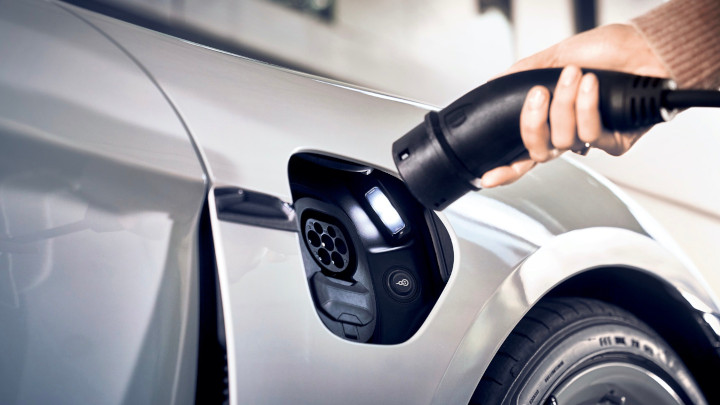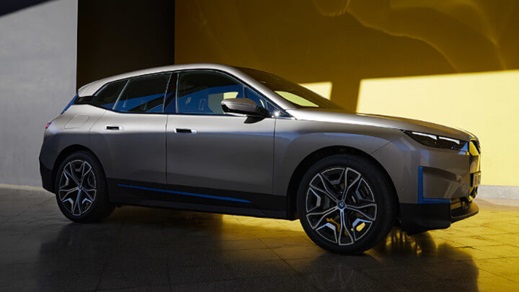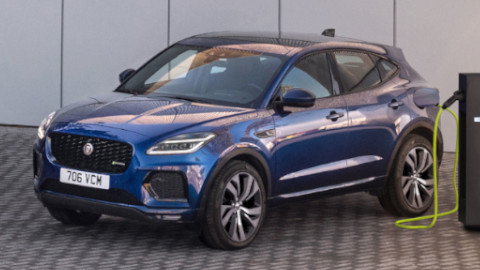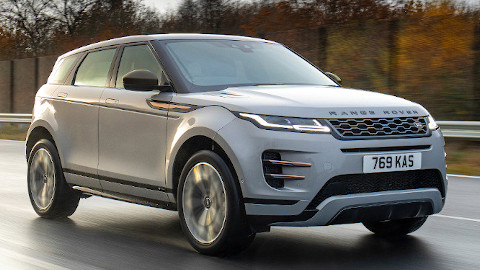What is a plug-in hybrid?
A plug-in hybrid (PHEV) is a type of powertrain that utilises a combination of a petrol or diesel internal combustion engine and an electric motor as a source of power. Thanks to PHEVs' ability to drive on electric power alone, you can benefit from zero tailpipe emissions whilst driving in all-electric mode.
Similar to battery electric vehicles (BEV), you will need to plug your PHEV in to recharge its batteries and benefit from lower emissions and better economy. However, as PHEVs do not rely on electric power alone, charging a PHEV takes significantly less time than charging a BEV.
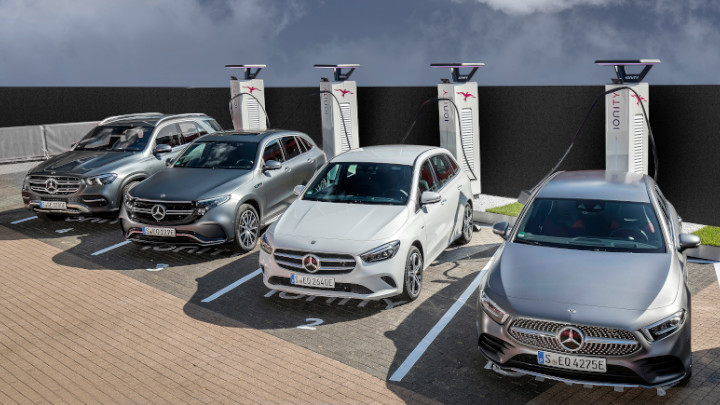
How does a plug-in hybrid work?
PHEVs use both an internal combustion engine and an electric motor to drive the wheels of the car. In its normal driving mode, PHEVs will use both sources of power to reduce emissions and offer the upmost in economy.
With a larger battery than mild hybrids (MHEV) and full hybrids (HEV), PHEVs also offer an all-electric driving mode that will be sufficient for the daily commute for most. When the battery charge is depleted, the car's engine will seamlessly engage and transition from all-electric to hybrid mode, allowing you to carry on your journey with no stress.
Thanks to intelligent regenerative braking systems, PHEVs are able to harvest energy that is usually lost during braking, to recharge its battery. However, most of the energy will come from plugging the vehicle in to a power source at home or at a public charging station.

Benefits of buying a plug-in hybrid
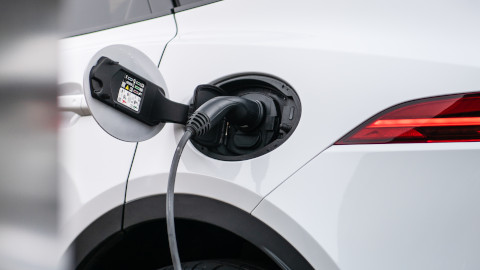
All-Electric Driving Mode
Short journeys can be completed using electric power alone.
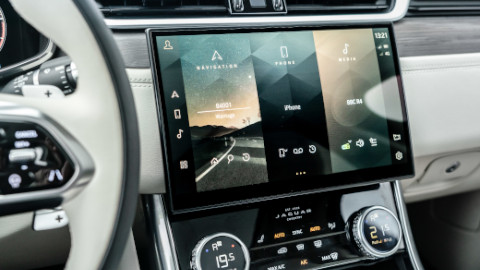
Cutting-Edge Technology
Plug-in hybrid models offer the latest innovations in terms of tech.
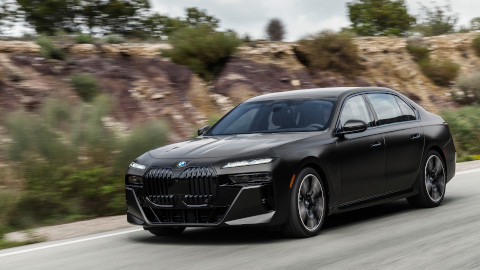
Enhanced Economy
You can expect better fuel economy and reduced emissions compared to other hybrids.
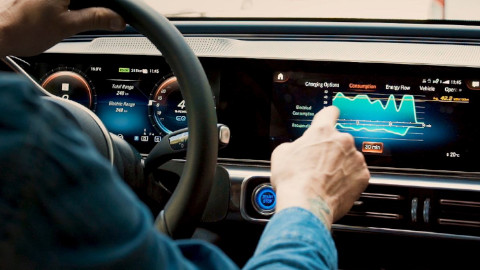
Lower Running Costs
If you utilise the car's capabilities, plug-in hybrids cost less to run than traditionally-powered models.
Need more advice?
If you are interested in a plug-in hybrid car but would like further guidance, we have written a range of articles to assist.
View Hybrid and Electric Guides
Popular plug-in hybrid models
There are a plethora of superb plug-in hybrid cars to choose from, but some of the most popular include:
Explore Our Collection
Frequently Asked Questions
Charging a plug-in hybrid car is a simple process and is every much the same as charging an all-electric car. Simply plug your car in to the charging point using the correct connector, activate the charging point, and sit back and relax.
Charging times can differ from vehicle to vehicle, depending on the size of the battery and the speed of the charging point. For example, charging a BMW 5 Series PHEV takes around 5 hours to charge to 80 percent when using a 3-pin domestic socket, or just 2.6 hours when using a BMW i Wallbox.
Plug-in hybrids and full hybrids work in a similar way by utilising both an electric motor and an internal combustion engine. However, plug-in hybrids offer longer all-electric driving ranges and need to be plugged in to recharge, whereas full hybrids offer short all-electric driving ranges and recharge themselves while driving.
All-electric driving ranges differ from model to model, but you can generally expect between 20 and 50 miles before the engine will need to be re-engaged.
Yes, there are a variety of all-wheel and four-wheel drive models available that offer plug-in hybrid technology. Some of the most popular models include the MINI Countryman ALL4 and the Mercedes-Benz GLC 4MATIC.
Yes, there are Government grants available for PHEVs, but what and how much you are entitled to will differ depending on a variety of factors. The latest information can be found on the Government website.
Yes, you can. Plug-in hybrid cars make superb company cars and often come with lower benefit-in-kind (BIK) costs than petrol or diesel alternatives.


